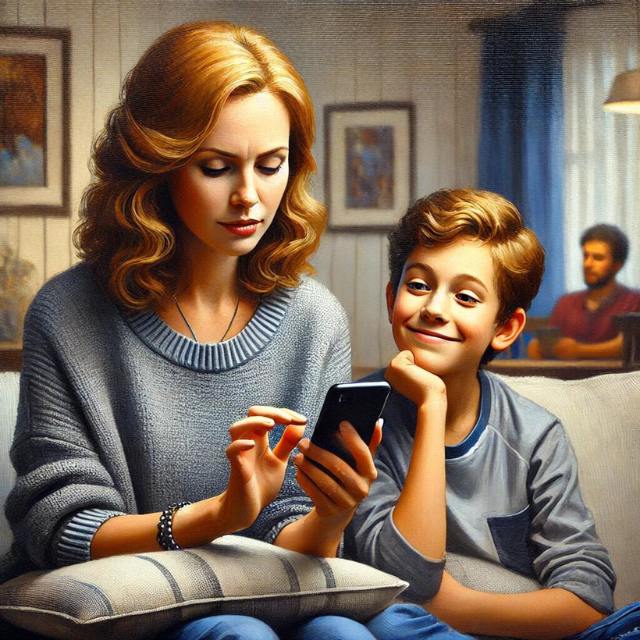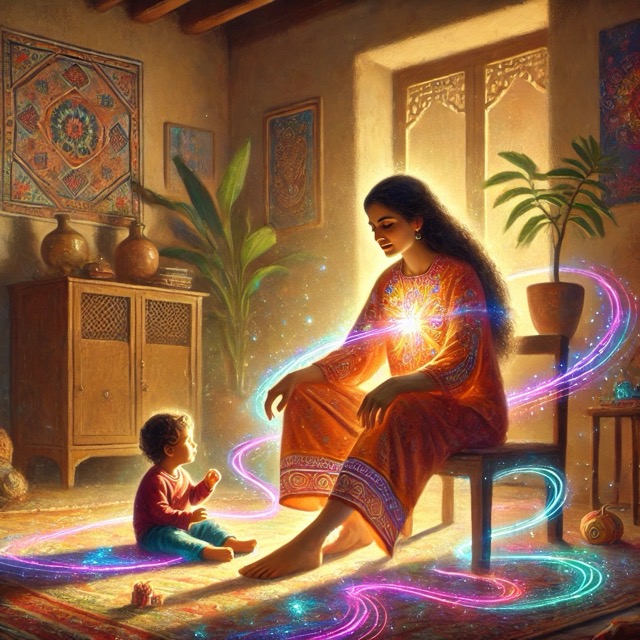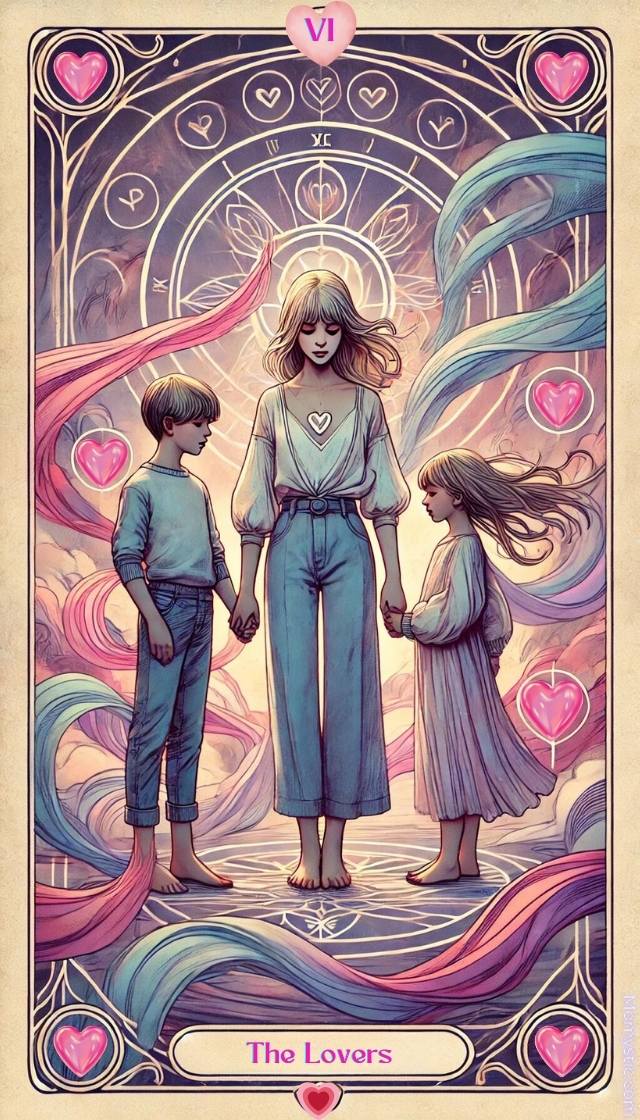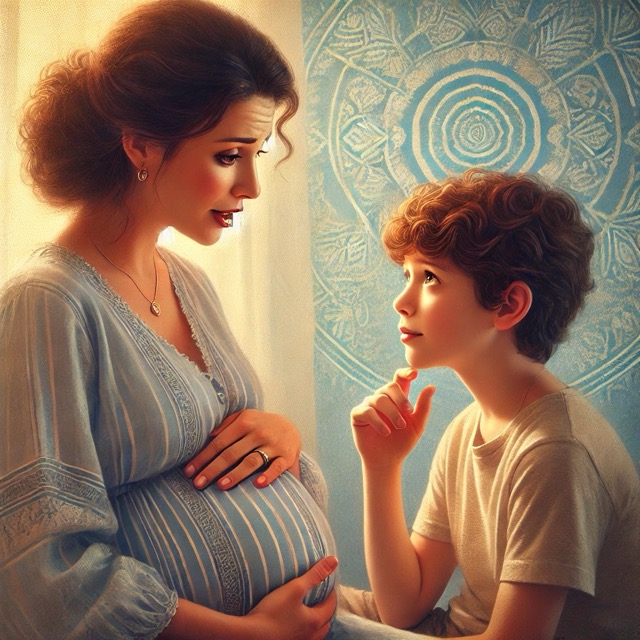The Bizarre World of Nutter Butter’s TikTok: Gen Z’s Marketing Madness and Why It’s Freaking Out Older Generations

If you’ve found yourself scrolling through TikTok recently and stumbled across Nutter Butter’s account, you might be asking, What in the world did I just watch? From talking cookies to eerie, glitchy videos that seem pulled straight from an avant-garde horror film, Nutter Butter’s TikTok presence is far from your traditional cookie ad. For anyone over the age of 35, these ads might feel more like a fever dream than a promotional campaign for a beloved peanut butter snack. But for Gen Z, this absurdist style is not only hilarious—it’s familiar.
Welcome to the wild world of Gen Z marketing. If you’re confused by Nutter Butter’s TikTok content, you’re not alone. But maybe it’s time to get with the program. Because in this new era of advertising, we’re witnessing the dawn of something strange and surreal—something that’s breaking the rules of what we thought ads were supposed to be.

The Eerie, Analog Horror Vibe of Nutter Butter’s TikTok
One of the first things you’ll notice when watching Nutter Butter’s TikTok videos is that they don’t follow any recognizable advertising format. There are no shiny product shots, no catchy jingles, and no polished voice-overs inviting you to indulge in a nostalgic treat. Instead, you’re met with glitchy, low-fi edits, odd sound effects, and a strange mix of deadpan humor and unnerving visuals. It almost makes you feel as if you had eaten an edible before tuning in.
In some clips, the cookies “talk” to each other—or to the audience—using robotic, otherworldly voices. In others, there are surreal, meme-like skits involving anthropomorphized snacks behaving in bizarre ways. The videos often have a creepy, glitchy aesthetic that recalls the unsettling charm of 90s public access TV or the disorienting world of analog horror, a genre that has captivated young viewers on platforms like YouTube and TikTok.
If you’re unfamiliar, analog horror refers to a style of content that mimics old VHS or television broadcasts, often adding eerie sound effects, mysterious glitches, and cryptic, uncanny narratives. It’s a genre popular among Gen Z, who love to explore the weird and unexplainable—everything from liminal spaces to creepy videos that make you question what’s real and what’s not. Think of it as an unpolished, raw cousin of modern horror, but one that plays on nostalgia in a deeply unsettling way.
Nutter Butter’s foray into this genre, intentional or not, has left older generations scratching their heads. What does any of this have to do with peanut butter cookies? How is this supposed to make anyone hungry? But for those in the know—particularly Gen Z—the connection isn’t as important as the vibe.
Is This What Happens When Gen Z Takes Over Advertising?
The most jarring aspect of Nutter Butter’s TikTok presence is how it completely throws out the rulebook for traditional advertising. It’s bold, weird, and often unsettling—and this is exactly the point.
Gen Z has grown up in a world oversaturated with marketing, and they’re immune to the glossy, polished ads that once captivated older generations. They don’t respond to carefully curated Instagram aesthetics or staged product placements. Instead, they crave authenticity and humor with a healthy dose of surrealism. For them, the stranger the ad, the better. Absurdism isn’t just a gimmick—it’s a cultural language that speaks to their sense of humor and worldview.
The Nutter Butter TikTok account embodies this shift in advertising, where absurdism meets anti-marketing. Rather than telling viewers to buy the product, these videos seem like an elaborate inside joke. It’s advertising by way of chaos, where the main goal isn’t necessarily to sell cookies, but to get people talking, sharing, and participating in the collective confusion.
In some ways, this is what happens when Gen Z starts working in advertising. Brands are no longer talking at consumers—they’re talking with them, and sometimes the conversation feels more like a surreal comedy sketch than a sales pitch. The line between advertiser and viewer has blurred, and that’s exactly how Gen Z likes it.
The Absurdist Aesthetic: Freaking Out Older Generations
For older generations—Boomers and even some Millennials—Nutter Butter’s TikTok presence might seem like a misstep, an experiment gone too far into the weird. For people who grew up in the era of carefully controlled marketing and straightforward slogans, the TikTok videos can feel disorienting and alien. Some may wonder if the brand has lost its way, or if this is some ironic performance art that they’re just not in on.
One video might feature a Nutter Butter “dreaming” in distorted, echoey soundscapes, while another might show a cookie having a surreal existential crisis over whether it’s actually made of peanut butter. These kinds of absurd narratives feel like a crossover between Dadaist art and avant-garde performance, leaving viewers either laughing in confusion or slightly freaked out.
Yet, this absurdism is the point. The bizarre, unpredictable content creates something called disruptive engagement—a marketing strategy that shocks viewers into paying attention simply because it defies expectations. It’s uncomfortable, it’s unexpected, and it’s effective.
This type of advertising leaves people talking. The very confusion that older generations feel is what fuels discussions, shares, and virality. Instead of creating an ad that can be easily forgotten, Nutter Butter’s TikTok account has created something memorable by being, well, utterly baffling.
Should You Embrace the Absurdism of Gen Z Marketing?
Feeling bewildered by Nutter Butter’s TikTok? Don’t worry—you’re not alone. In fact, this bizarre style is exactly what makes it work.
Gen Z marketing thrives on breaking the mold. The absurdity and analog horror elements aren’t just trends—they reflect a generation that’s cynical about consumerism yet fully immersed in it. For brands like Nutter Butter, leaning into this chaotic energy connects with younger audiences in a way traditional ads can’t.
Older generations may be scratching their heads, but that’s part of the strategy. These ads generate conversation, stop the scroll, and—most importantly—make you remember the brand. In this new era of marketing, confusion, humor, and absurdity are as effective as catchy jingles once were.
So, embrace the chaos, grab a cookie, and enjoy the ride—because in Gen Z’s world, weird is the new normal.





Responses